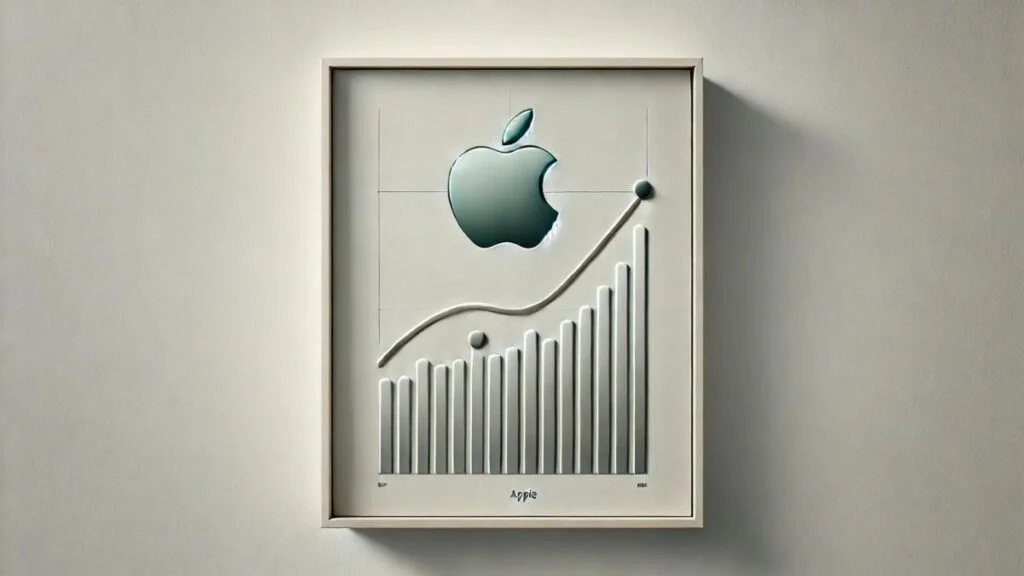In the vast and ever-evolving digital landscape, you may occasionally come across seemingly random strings of characters like KLHF[OIWQHFEW. At first glance, this sequence might appear meaningless, but in the world of technology, such combinations often have hidden significance. Whether they are placeholder text, error codes, cryptic identifiers, or accidental keyboard inputs, understanding these enigmatic strings can offer valuable insights into the digital systems we interact with daily.
This article explores the potential meanings behind KLHF[OIWQHFEW, its applications, and why such strings might surface in your digital experiences. We will dive into possibilities ranging from technical errors to cryptographic significance, offering a comprehensive perspective.
1. Could KLHF[OIWQHFEW Be a Placeholder?
One plausible explanation for KLHF[OIWQHFEW is its use as placeholder text. Developers, writers, and designers frequently insert arbitrary strings or “dummy text” in projects during the development phase. This practice serves as a stand-in while the actual content is being finalized. For instance:
- Web Design: Developers may use placeholders like KLHF[OIWQHFEW when creating forms, testing interfaces, or populating fields with sample data.
- Application Testing: Random strings are used to evaluate how software handles unexpected or nonsensical inputs.
- Content Development: Writers and editors might insert placeholder text in documents or templates for brainstorming purposes.
In this context, KLHF[OIWQHFEW could serve as a “nonsense string” inserted temporarily and later replaced.
2. Accidental Keyboard Inputs
Another straightforward explanation for KLHF[OIWQHFEW is accidental typing. Given the close proximity of letters on a keyboard, especially for users not looking at their screens while typing, such sequences can occur. For example:
- Typing errors often result in gibberish when a hand shifts from its proper placement on a keyboard.
- Fatigue or haste can lead to unintentional combinations, particularly when using unfamiliar software or multitasking.
This type of occurrence is more common than you might think, and while such strings hold no inherent meaning, they can provide amusement or curiosity when stumbled upon.
3. Cryptographic or Encoded Relevance
In the digital age, strings of characters like KLHF[OIWQHFEW often carry hidden meaning in specialized fields, such as cryptography. Encoded messages, encryption keys, and hashed strings may appear as unintelligible characters but are actually packed with data.
A. Hashes and Passwords
If KLHF[OIWQHFEW were generated by a cryptographic function, it might represent:
- Hashed Data: When information like passwords or files is hashed, it transforms into a fixed-length string of characters that appear random but can be verified for authenticity.
- Encryption Keys: Random strings are often used as encryption keys for securing data.
B. CAPTCHA or Security Tools
Many websites and services use randomly generated strings in CAPTCHA tests to differentiate between bots and humans. KLHF[OIWQHFEW could resemble the kind of sequence displayed in such scenarios.
C. Debugging and Logging
Developers sometimes generate strings like KLHF[OIWQHFEW for debugging purposes. These strings can act as unique identifiers in logs to trace errors or actions within a system.
4. Error Codes and Software Issues
Another possibility is that KLHF[OIWQHFEW is an error code or system output. Modern software systems often produce alphanumeric strings to help identify specific issues. Examples include:
- System Crashes: When software fails, cryptic strings may appear in error messages.
- Database Queries: Unhandled data in systems may output seemingly random results.
- Bug Reporting: Developers include coded identifiers to help diagnose software glitches.
If you’ve encountered KLHF[OIWQHFEW during a software operation, it’s worth checking documentation or contacting support teams to determine its meaning.
5. Could It Be a Marketing Code or Identifier?
Marketing teams and businesses often assign cryptic codes to specific products, promotions, or tracking mechanisms. For instance:
- Product Codes: Companies might assign codes like KLHF[OIWQHFEW to products for internal tracking.
- Campaign Tracking: Digital marketers use unique identifiers to measure engagement with ads, emails, or landing pages.
- Referral Links: Codes embedded in referral URLs often appear random but allow marketers to attribute website traffic or sales to specific sources.
If you’ve seen KLHF[OIWQHFEW on a website or marketing email, it might serve as a backend tracking mechanism.
6. Randomized Data in Artificial Intelligence
With the rise of artificial intelligence and machine learning, random strings like KLHF[OIWQHFEW are increasingly significant. Machine learning models rely on vast datasets, and randomized strings may appear in the following contexts:
- Synthetic Data Generation: AI systems use generated data for training purposes, and such strings can appear as test labels or identifiers.
- AI Debugging: Developers often insert random inputs to evaluate how AI models respond to unexpected queries.
Thus, KLHF[OIWQHFEW could be a byproduct of an AI system’s internal processes.
7. Human Creativity or Artistic Expression
In some cases, random strings like KLHF[OIWQHFEW might not be random at all—they could reflect artistic expression or creative intention.
- Abstract Art and Digital Media: Artists often play with text and symbols to create meaning through abstraction.
- Modern Poetry or Prose: Experimental writers may use such strings to evoke curiosity or highlight themes like chaos or technology.
- Username or Identity: Online users sometimes adopt random character combinations as unique identifiers for anonymity or individuality.
8. Protecting Yourself: Could KLHF[OIWQHFEW Be Malicious?
Though most random strings are harmless, it’s important to consider the possibility of malicious intent, especially when encountering such sequences in emails, texts, or online forms. Beware of the following:
- Phishing Attacks: Malicious actors may embed strings like KLHF[OIWQHFEW in links or attachments to bypass spam filters and trick users.
- Viruses or Malware: Suspicious strings can sometimes point to hidden malware scripts.
- Data Breaches: Randomized outputs might surface in connection with leaked credentials or compromised databases.
How to Stay Safe
- Avoid clicking on unknown links or downloading files associated with cryptic strings.
- Use antivirus software to scan suspicious content.
- If you’re uncertain about the safety of a message, verify it with the sender.
9. Interpreting the Meaning of KLHF[OIWQHFEW in Context
The true meaning of KLHF[OIWQHFEW often depends on the context in which it appears. Is it part of a message, a file name, or a standalone string? Observing the environment can provide valuable clues.
Questions to Ask:
- Where did you encounter KLHF[OIWQHFEW?
- Was it tied to an action, such as visiting a website or downloading software?
- Are others reporting similar experiences with the same string?
These considerations will help you unravel the mystery behind KLHF[OIWQHFEW.
Conclusion: The Multifaceted Nature of KLHF[OIWQHFEW
Whether KLHF[OIWQHFEW is a placeholder, an error code, a marketing identifier, or simply a typing mishap, its appearance invites curiosity and exploration. While most occurrences are harmless, some may warrant closer inspection, especially in the context of cybersecurity or cryptographic relevance.
Random strings like KLHF[OIWQHFEW remind us of the complexity and unpredictability of the digital systems we interact with daily. By staying vigilant, informed, and curious, you can navigate these mysteries with confidence and ensure a safe and seamless digital experience.



